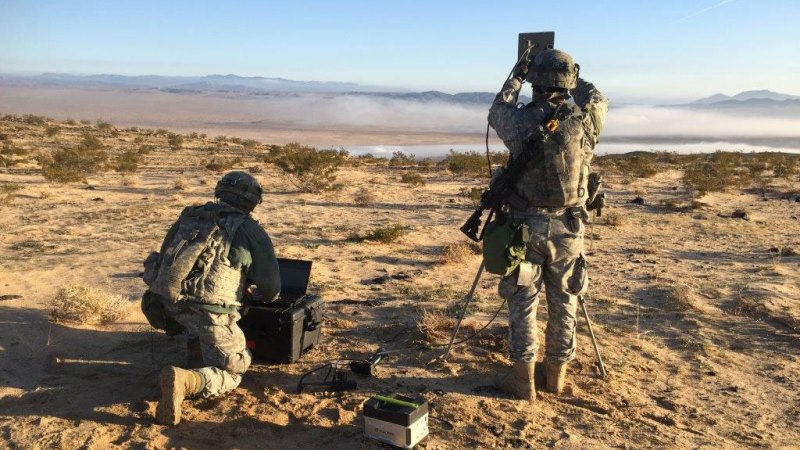
Artificial intelligence (AI) systems are known for getting results with compute-intensive analytics involving huge data sets and a lot of processing power. But it turns out they also can help users do more with less.
The Army Research Laboratory (ARL) produced an example of this in potentially life-threatening situations, using an AI system to help soldiers aboard a combat vehicle more quickly identify threats in austere settings with limited computing power. In training tests, ARL researchers found that soldiers could learn of potential threats 13 times faster while using the kind of low-power system they’re likely to be stuck with in the field.
“It’s possible to help soldiers decipher hints of information faster and more quickly deploy solutions, such as recognizing threats like a vehicle-borne improvised explosive device, or potential danger zones from aerial war zone images,” according to an ARL report on the research.
ARL’s work involved putting established machine learning techniques into a lightweight, low-power field programmable gate array of the kind already used for other purposes on the battlefield. Using collaborative filtering–the same kind of technology YouTube or Netflix use to make recommendations–they were able to speed up training by 13.3 times compared with a state-of-the-art optimized multi-core system, and by 12.7 times compared with an optimized GPU system, researchers said.
And the tool used considerably less power than comparable systems, consuming only 13.8 watts, well below the 130 watts used by a multi-core system and the 235 watts required for GPU platforms.
The team led by ARL researcher Rajgopal Kannan is collaborating with researchers at the University of Southern California on adapting cognitive tactical learning applications to a mix of low-cost hardware devices in order to help improve decision-making in distributed, austere environments where communications can be unpredictable and processing power limited.
A focus of the work is using innovative designs based on inexpensive but state-of-the-art hardware to speed up AI and machine learning processing. Kannan’s paper on accelerating a common machine learning technique, called stochastic gradient descent, recently won the best paper award at the ACM/SIGDA International Symposium on Field Programmable Gate Arrays in Monterey, Calif.
Kannan said the collaborative filtering technique could be among a suite of tools included in the Army’s next-generation combat vehicles, which the Army says will also include features like robotic maneuvering systems, directed-energy (laser) weapons, improved armor, and better power generation and management.
It’s part of the Army’s–and the Pentagon’s–overall emphasis on developing artificial intelligence and machine learning techniques to support warfighters with AI systems that can work almost as another crew member, processing sensor and other information, and offering feedback and advice. Human-machine teaming is a major element of DoD’s Third Offset Strategy, which also looks to apply AI technology across the board and in areas as diverse as cyber defense, electronic warfare, missile defense and, of course, big data analytics.
In one example, the Army currently is certifying two armed, autonomous Humvees as combat vehicles under its “Wingman” program. In another, the Air Force is developing a collaborative, AI-powered virtual assistant to help airmen make better decisions through its Multi-Source Exploitation Assistant for the Digital Enterprise (MEADE) project.
